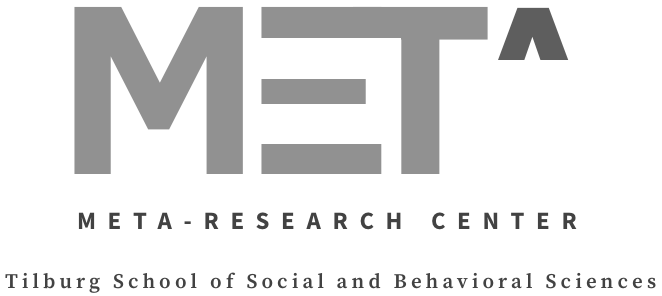New Paper by Robbie van Aert
Title: Multistep estimators of the between‐study variance: The relationship with the Paule‐Mandel estimator
Authors: Robbie C. M. van Aert & Dan Jackson
Published in: Statistics in Medicine
Abstract
A wide variety of estimators of the between‐study variance are available in random‐effects meta‐analysis. Many, but not all, of these estimators are based on the method of moments. The DerSimonian‐Laird estimator is widely used in applications, but the Paule‐Mandel estimator is an alternative that is now recommended. Recently, DerSimonian and Kacker have developed two‐step moment‐based estimators of the between‐study variance. We extend these two‐step estimators so that multiple (more than two) steps are used. We establish the surprising result that the multistep estimator tends towards the Paule‐Mandel estimator as the number of steps becomes large. Hence, the iterative scheme underlying our new multistep estimator provides a hitherto unknown relationship between two‐step estimators and Paule‐Mandel estimator. Our analysis suggests that two‐step estimators are not necessarily distinct estimators in their own right; instead, they are quantities that are closely related to the usual iterative scheme that is used to calculate the Paule‐Mandel estimate. The relationship that we establish between the multistep and Paule‐Mandel estimator is another justification for the use of the latter estimator. Two‐step and multistep estimators are perhaps best conceptualized as approximate Paule‐Mandel estimators.


